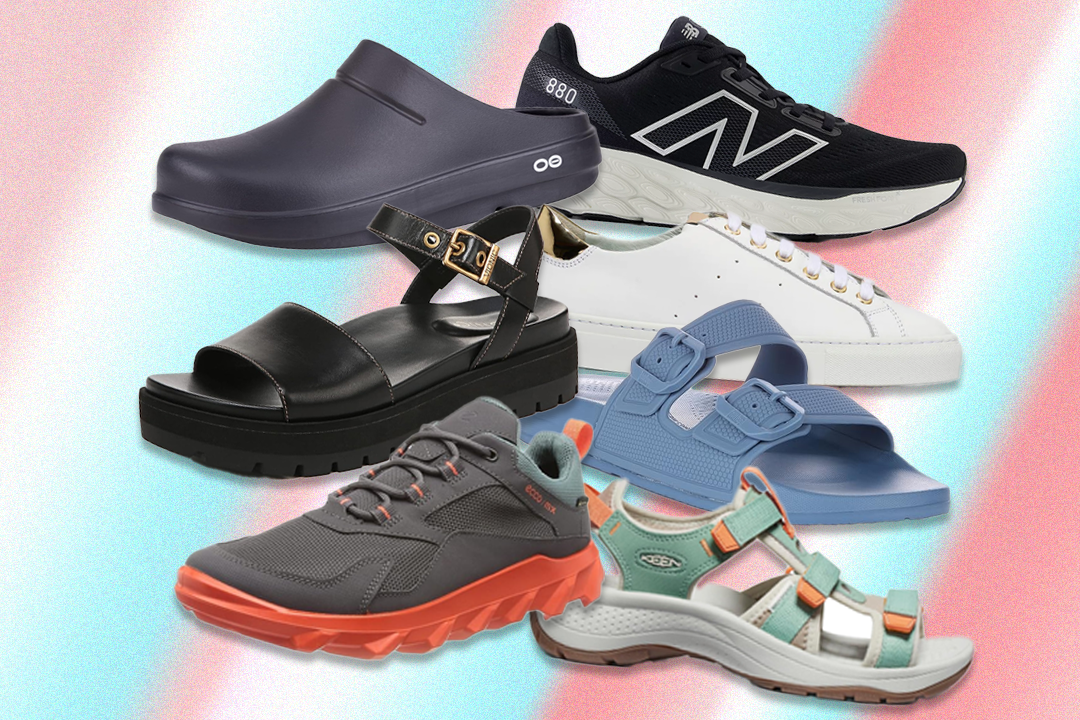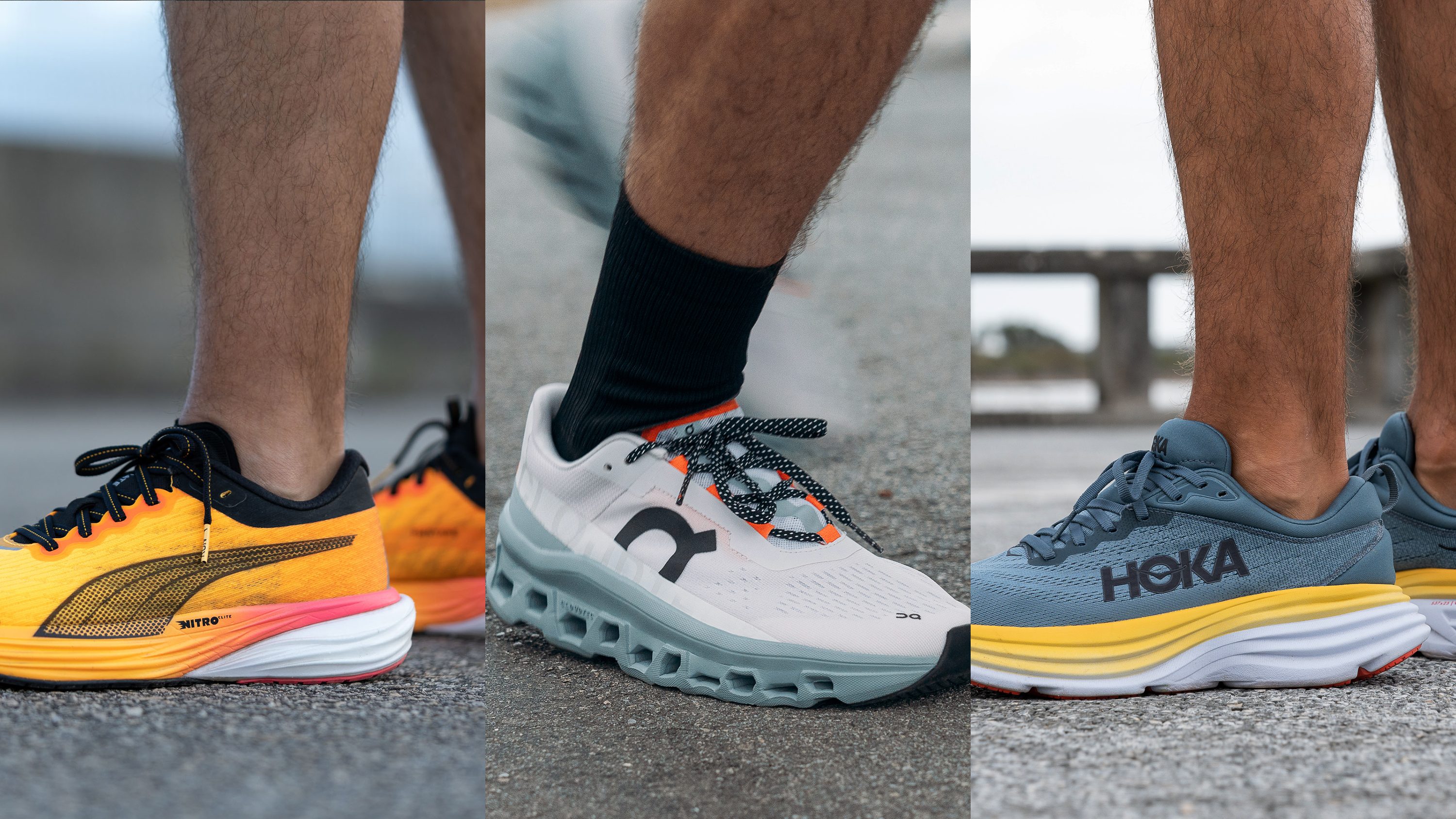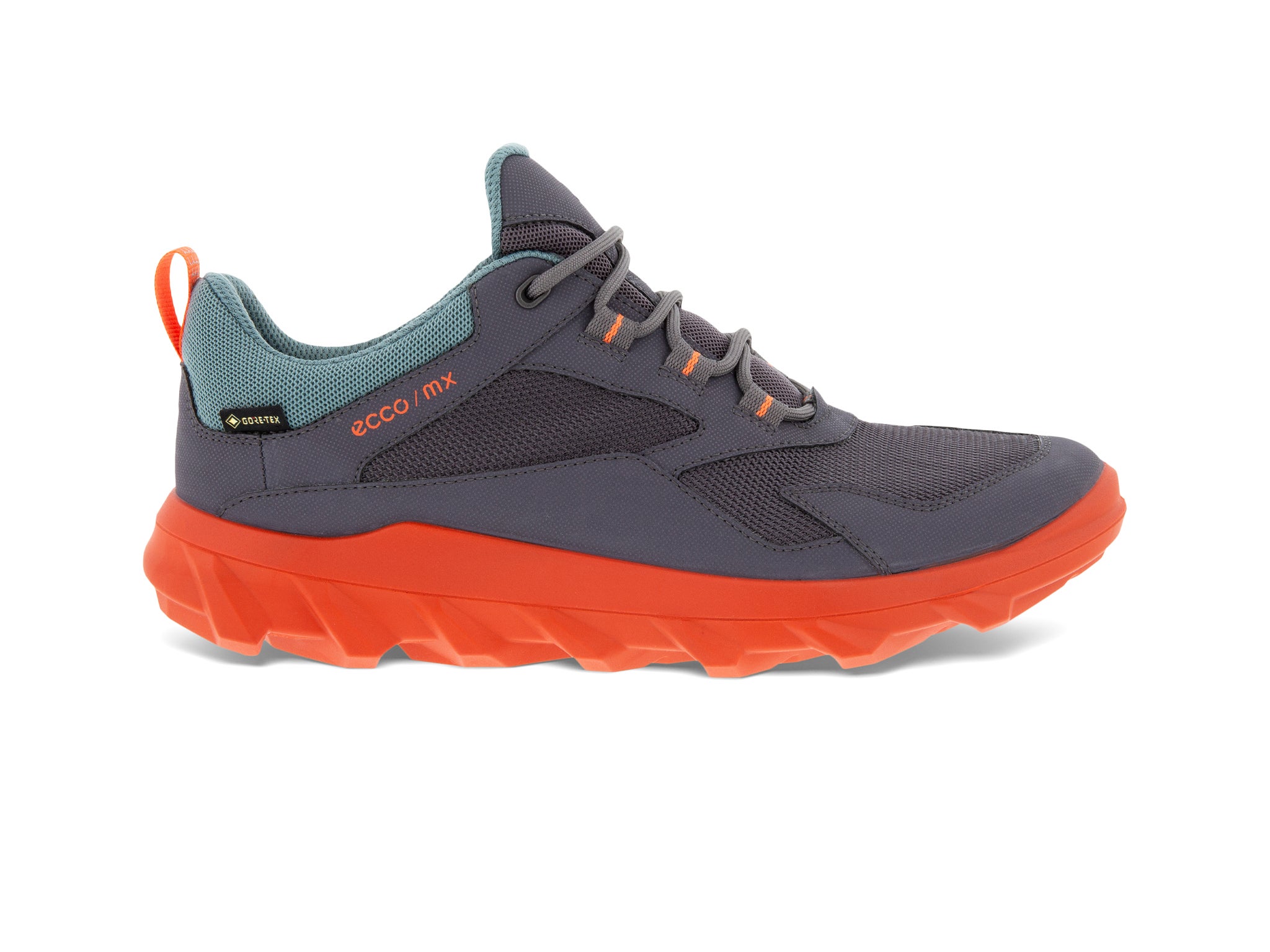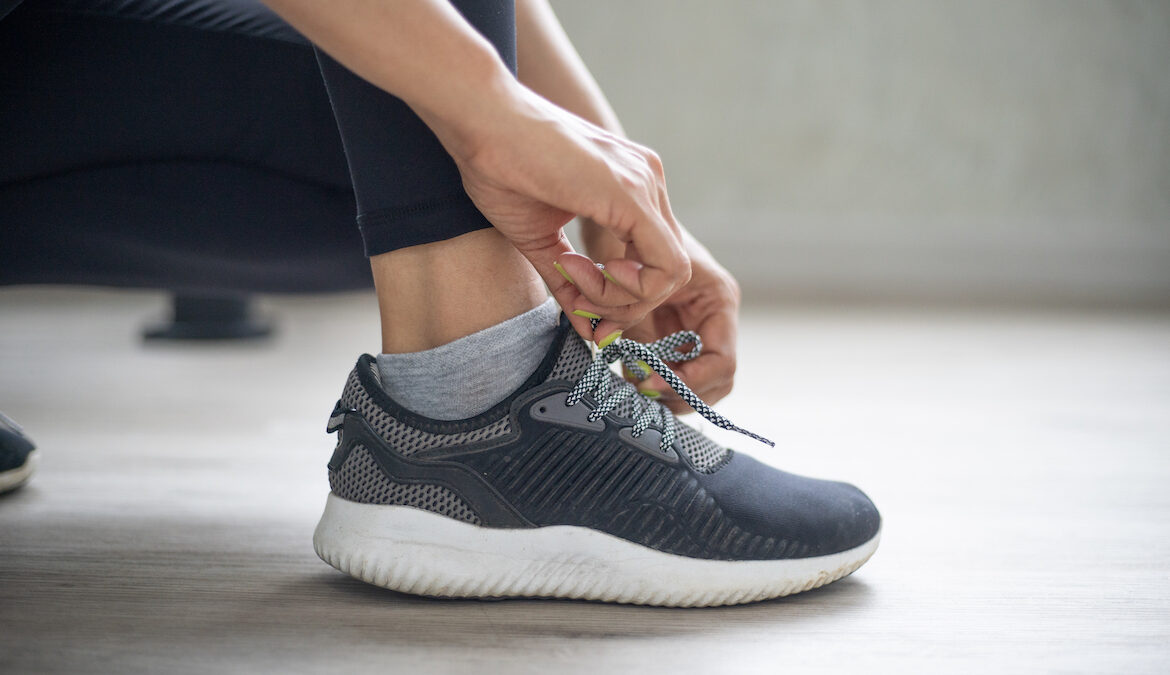Whether you’re standing all day at work or enjoying a leisurely stroll, the right footwear can make all the difference. Orthopedic shoes are designed to provide comfort, support, and relief from various foot ailments. But with so many options available, how do you choose the best orthopedic shoes for your needs? In this comprehensive guide, we’ll explore the top choices, real-world experiences, tips for selecting the right pair, comparisons, and answers to frequently asked questions.
What Are Orthopedic Shoes?
Orthopedic shoes are footwear that is specifically designed to support foot function, alleviate pain, and prevent further injury. They cater to individuals with various foot conditions such as plantar fasciitis, flat feet, bunions, and neuropathy. The emphasis is on improved alignment, cushioning, arch support, and overall foot health.
Key Features of Orthopedic Shoes
- Arch Support: Ensures proper alignment and reduces pressure on the feet.
- Cushioning: Provides shock absorption to minimize impact during walking.
- Wide Toe Box: Allows for natural toe splay, reducing the risk of bunions and other deformities.
- Adjustable Straps: Ensures a snug fit for comfort and stability.
- Breathable Materials: Keeps feet dry and comfortable.
Top 5 Orthopedic Shoes of 2023
Choosing a pair of orthopedic shoes involves considering various factors, including your specific foot needs, style preferences, and budget. Here’s a look at some of the best orthopedic shoes available today.
1. New Balance 928v3
The New Balance 928v3 is a popular choice among those seeking orthopedic footwear. With its premium cushioning and motion-control capabilities, this shoe supports individuals with overpronation.
Key Features
- ABZORB cushioning for exceptional shock absorption
- Leather upper for durability and stability
- Rollbar technology to reduce rear-foot movement
Pros and Cons
| Pros | Cons |
|---|---|
| Excellent arch support | Pricey compared to other models |
| Durable construction | Limited color options |
2. ASICS GEL-Kayano 27
Known for its exceptional cushion and support, the ASICS GEL-Kayano 27 is ideal for runners and those who are on their feet often. It’s particularly effective for people with flat feet or those who need extra stability.
Key Features
- GEL technology for excellent shock absorption
- Comprehensive support for overpronators
- Breathable mesh upper for comfort
Pros and Cons
| Pros | Cons |
|---|---|
| Great for running and walking | May require a break-in period |
| Stylish design options | Can be on the heavier side |

3. HOKA ONE ONE Bondi 7
The HOKA ONE ONE Bondi 7 is known for its maximal cushioning and stylish design. It’s perfect for those who prioritize comfort during long hours of wear.
Key Features
- Thick EVA midsole for optimal cushioning
- Wide platform for stability
- Meta-Rocker technology for smooth transitions
Pros and Cons
| Pros | Cons |
|---|---|
| Exceptional cushioning | Bulky appearance |
| Great for long walks | Higher price point |
4. Vionic Tide II Sandal
If you’re looking for supportive footwear during warmer months, the Vionic Tide II Sandal offers a combination of style and functionality.
Key Features
- Orthaheel technology for arch support
- Soft, comfortable upper material
- Durable rubber outsole for traction
Pros and Cons
| Pros | Cons |
|---|---|
| Stylish and versatile | Limited color options |
| Good for casual outings | Not ideal for heavy walking |

5. Birkenstock Arizona Sandals
The classic Birkenstock Arizona Sandal is legendary for its comfort and support. Ideal for casual wear, these sandals mold to your feet for a custom fit.
Key Features
- Natural cork footbed for excellent arch support
- Adjustable straps for a perfect fit
- Durable and easy to clean
Pros and Cons
| Pros | Cons |
|---|---|
| Exceptional arch and foot support | Requires a break-in period |
| Durable materials | Some find them too casual for certain settings |
Real-World Experiences
Real-life testimonials can provide valuable insights into how orthopedic shoes perform in daily situations. Here are some personal experiences shared by users:
Case Study 1: Emma’s Journey with Plantar Fasciitis
Emma, a graphic designer who spends hours at her desk and occasionally on her feet during exhibitions, struggled with plantar fasciitis for years. After trying many brands, she discovered the New Balance 928v3.
“I have to say, the support I felt immediately was unmatched. The shoes hugged my feet perfectly and provided noticeable relief. I can now attend long events without worrying about pain in my heels,” she shared.

Case Study 2: John’s Running Challenge
John, an avid runner, faced discomfort and fatigue during his long runs. After seeking advice from a podiatrist, he opted for the ASICS GEL-Kayano 27. He commented, “The transition from heel to toe felt smoother, and the cushioning made a world of difference. I finished a 10K without any pain for the first time!”
Tips for Choosing the Right Orthopedic Shoes
Selecting the best orthopedic shoes involves more than just finding a pair that looks good. Here are some essential tips to keep in mind:

1. Understand Your Foot Type
Before shopping, it’s crucial to determine your foot type—whether you have high arches, flat feet, or neutral feet. This knowledge will help you find shoes that cater specifically to your needs.
2. Consider Your Lifestyle
Your daily activities should dictate your shoe choice. For example, if you’re constantly on your feet at work, look for shoes with more cushioning and support. For casual wear, style might take precedence.

3. Get the Right Fit
Ensure that there’s enough room in the toe box and that the heel is snug without being overly tight. It’s also advisable to try shoes on at the end of the day when your feet are slightly swollen, as this can lead to a more accurate fit.
4. Invest in Quality
While it might be tempting to opt for cheaper options, investing in quality orthopedic shoes can save you money in the long run. Cheaper shoes may lack the necessary support and comfort you need for foot health.

Comparison Table of Top Orthopedic Shoes
| Brand/Model | Best For | Arch Support | Cushioning | Price Range |
|---|---|---|---|---|
| New Balance 928v3 | Overpronation | Excellent | High | $130-$160 |
| ASICS GEL-Kayano 27 | Running | High | High | $150-$180 |
| HOKA ONE ONE Bondi 7 | Long Walks | Moderate | Excellent | $150-$180 |
| Vionic Tide II | Casual Wear | Good | Moderate | $60-$80 |
| Birkenstock Arizona | Warm Weather | Good | Moderate | $100-$130 |
FAQs About Orthopedic Shoes
1. What conditions benefit from orthopedic shoes?
Orthopedic shoes can benefit various conditions, including plantar fasciitis, bunions, flat feet, and diabetic neuropathy. They are also useful for general comfort and support for anyone on their feet for long durations.

2. Can orthopedic shoes be stylish?
Absolutely! Many brands are now focusing on aesthetics while incorporating orthopedic benefits. You can find fashionable options that are both comfortable and stylish for every occasion.
3. How can I tell if I need orthopedic shoes?
If you experience persistent foot pain, discomfort while standing or walking, or if you have been diagnosed with foot conditions, it’s a good idea to consult with a healthcare professional about using orthopedic shoes.

4. Do I need custom orthotics with orthopedic shoes?
In many cases, orthopedic shoes provide sufficient support without the need for custom orthotics. However, if you have specific foot conditions, your healthcare provider might recommend custom insoles to enhance the shoe’s effectiveness.
5. How often should I replace orthopedic shoes?
Typically, orthopedic shoes should be replaced every 6-12 months, depending on usage. Look for signs of wear, such as decreased cushioning or support.
6. Are orthopedic shoes covered by insurance?
Some health insurance policies cover orthopedic footwear if you have a prescription from a qualified professional. Always check with your provider for specific coverage details.
7. Where can I buy orthopedic shoes?
Orthopedic shoes can be purchased from specialty shoe stores, online retailers, and some department stores. Ensure you buy from reputable brands and consider trying the shoes on for fit before committing.
8. Can I wear orthopedic shoes with my regular outfits?
Yes! Many orthopedic shoes are designed to complement a variety of outfits. From formal to casual wear, modern orthopedic designs can seamlessly integrate into your wardrobe.
9. Are orthopedic shoes suitable for kids?
Yes! There are orthopedic shoes available for children as well. If your child has specific foot issues, consult a pediatrician or podiatrist for recommendations.
Conclusion
Finding the best orthopedic shoes doesn’t have to be a daunting task. By understanding your foot type, lifestyle, and examining some of the top-rated options, you can make an informed choice that enhances your comfort and foot health. Remember to prioritize fit and support to ensure your feet stay happy, regardless of the activities you enjoy.
To explore more about foot health and innovative orthopedic solutions, feel free to check out reputable sources such as the American Orthopaedic Foot & Ankle Society (aofas.org) or the American Podiatric Medical Association (apma.org).